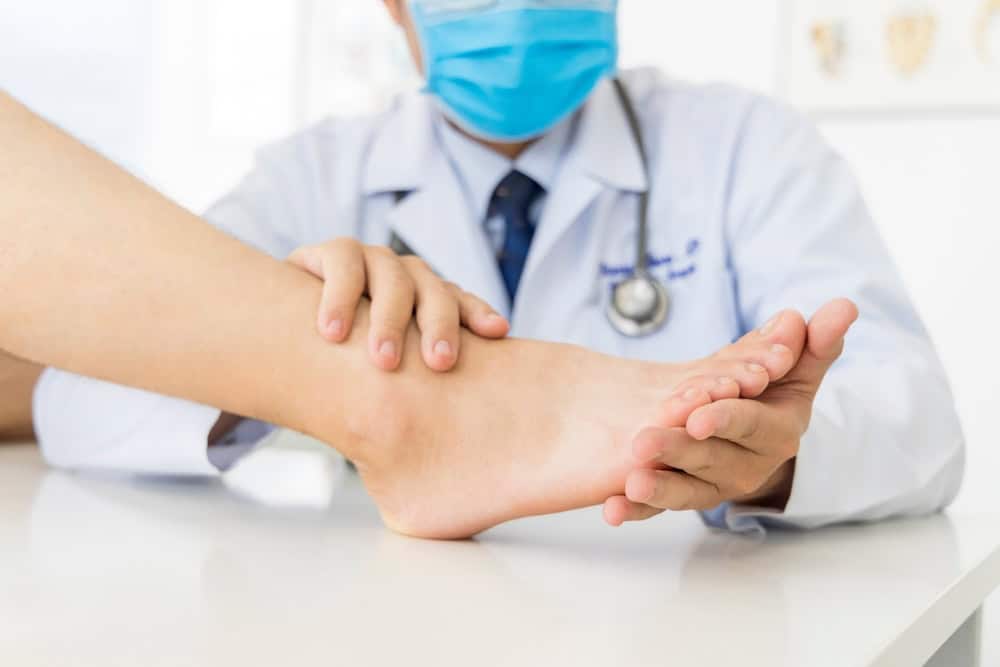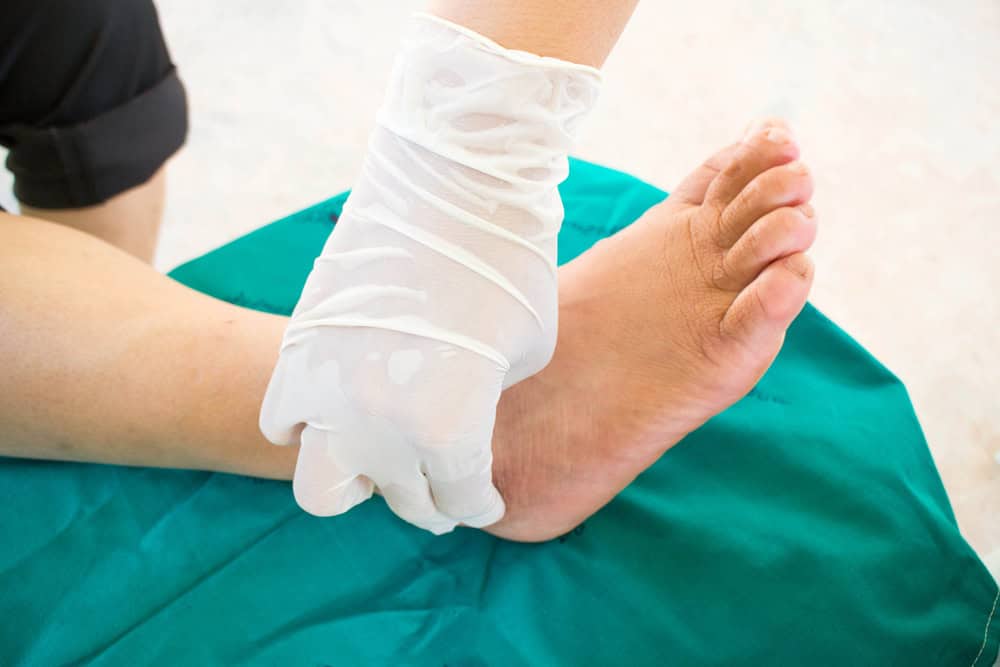Struggling with peripheral neuropathy? Our neuropathy doctor in Harlem, NY, offers treatments designed to address nerve damage and reduce chronic nerve pain so you can regain mobility and comfort. Reach out to NY Spine Medicine today!

Reviews

At NY Spine Medicine, we specialize in neuropathy treatment for patients dealing with peripheral neuropathy and nerve damage in New York City. Using a combination of diagnostic tools and therapies, our neuropathy specialists create effective treatment plans.
Advanced methods, such as EMG and nerve conduction studies, are used to assess nerve function. Cutting-edge treatments, like TENS therapy, physical therapy, and pain management, are employed to improve mobility and reduce symptoms. The goal of our Harlem, NY neuropathy doctor is to help you regain control of your daily life with care that targets your specific condition.


Ready to get started?
Living with neuropathy can be overwhelming, but nerve damage treatment can make a difference. At NY Spine Medicine, our neuropathy specialists in New York City focus on addressing the root causes of nerve pain. From peripheral neuropathy treatment to chronic nerve pain management, we can help you regain your mobility and quality of life.
If you’re ready to find lasting relief, don’t delay; contact our Harlem, NY neuropathy doctor today to explore your options for treating nerve pain. At NY Spine Medicine, we take a personalized approach to healing.

Before the arrival of European settlers, the area that would become Harlem (originally Haarlem) was inhabited by a Native American band, the Wecquaesgeek, dubbed Manhattans or Manhattoe by Dutch settlers, who along with other Native Americans, most likely Lenape, occupied the area on a semi-nomadic basis. As many as several hundred farmed the Harlem flatlands. Between 1637 and 1639, a few settlements were established. The settlement of Harlem was formally incorporated in 1660 under the leadership of Peter Stuyvesant.
During the American Revolution, the British burned Harlem to the ground. It took a long time to rebuild, as Harlem grew more slowly than the rest of Manhattan during the late 18th century. After the American Civil War, Harlem experienced an economic boom starting in 1868. The neighborhood continued to serve as a refuge for New Yorkers, but increasingly those coming north were poor and Jewish or Italian. The New York and Harlem Railroad, as well as the Interborough Rapid Transit and elevated railway lines, helped Harlem’s economic growth, as they connected Harlem to lower and midtown Manhattan.
The Jewish and Italian demographic decreased, while the black and Puerto Rican population increased in this time. The early-20th century Great Migration of black people to northern industrial cities was fueled by their desire to leave behind the Jim Crow South, seek better jobs and education for their children, and escape a culture of lynching violence; during World War I, expanding industries recruited black laborers to fill new jobs, thinly staffed after the draft began to take young men. In 1910, Central Harlem population was about 10% black people. By 1930, it had reached 70%.
Learn more about Harlem.Local Resources